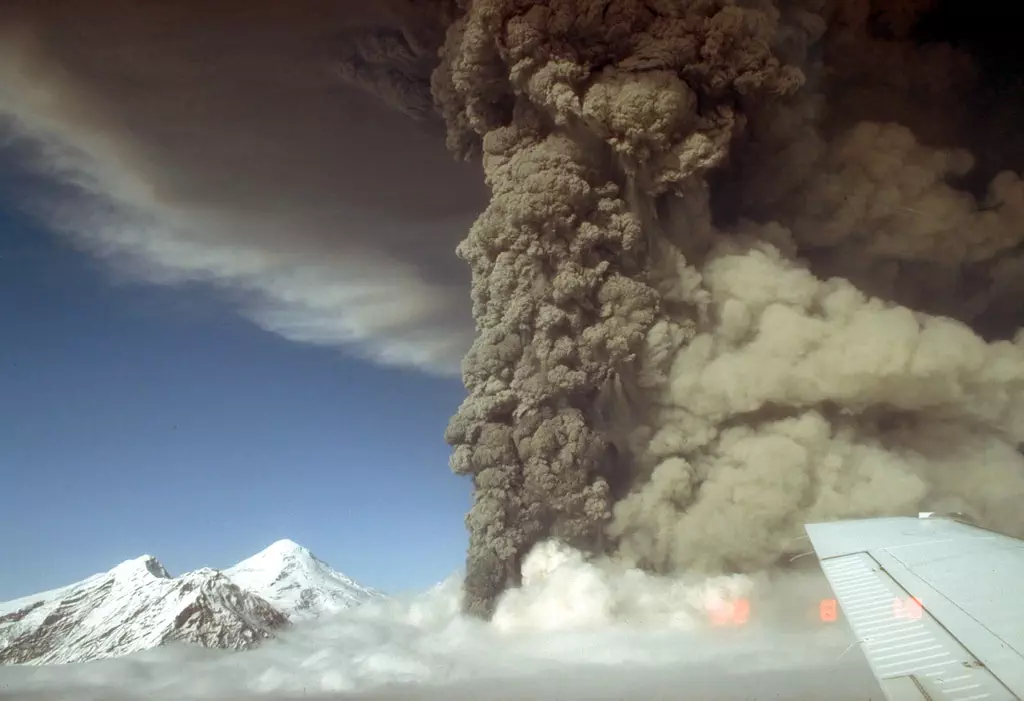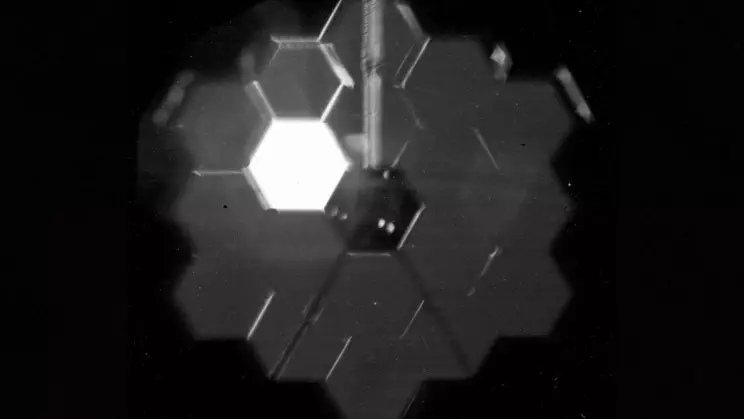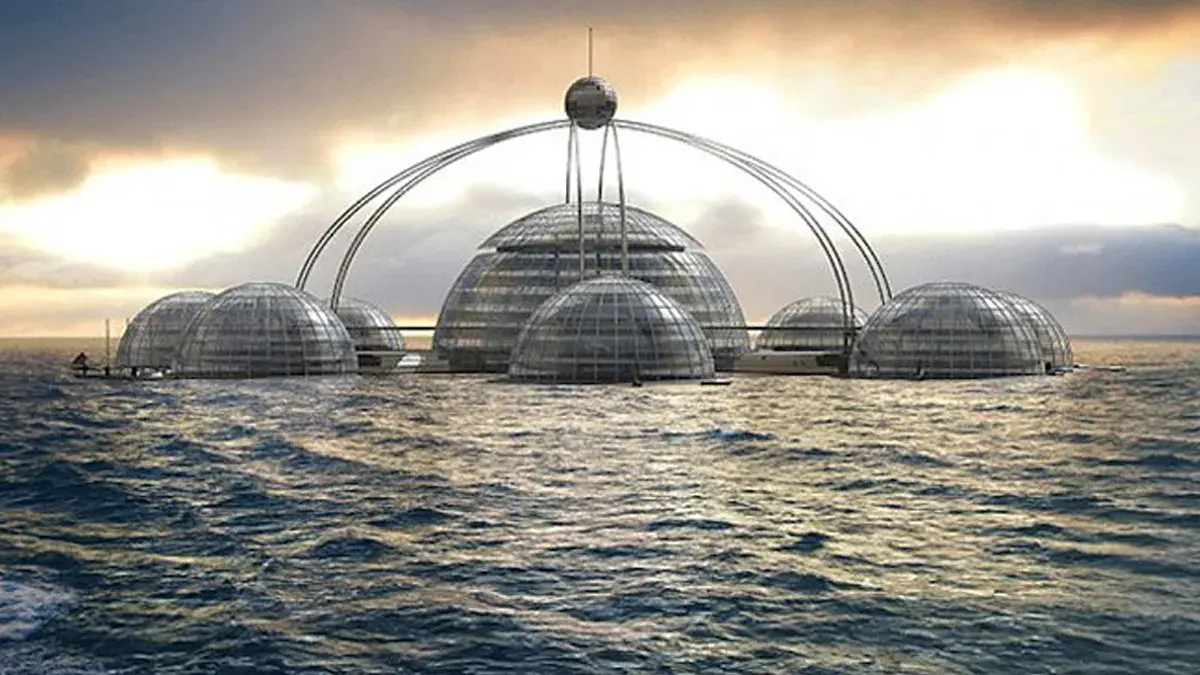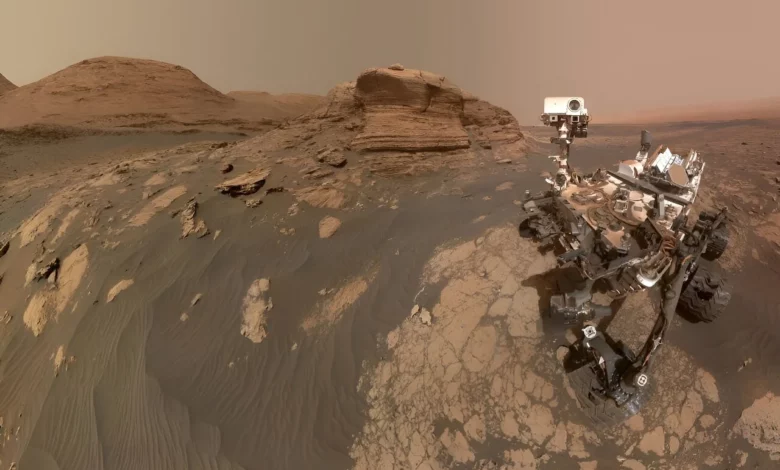
It’s possible that many of the craters on Mars today were formerly habitable rivers. According to a new analysis of data from the Curiosity Rover,
Lead author of a recent publication describing the discovery and assistant professor of geosciences at Penn State, Benjamin Cardenas. He stated, “We’re finding evidence that Mars was likely a planet of rivers.” “We see signs of this all over the planet.”
Using numerical models to simulate erosion on Mars over millennia, the researchers determined in a paper published in Geophysical Research Letters that frequent crater formations. Known as bench-and-nose landforms, they are most likely relics of old riverbeds.
By training a computer model using a combination of satellite data, Curiosity photos, and 3D scans of the stratigraphy—or layers of rock deposited over millions of years—beneath the Gulf of Mexico seafloor, the study became the first to record the erosion of ancient Martian soil. A novel explanation of common Martian crater formations—which were formerly unrelated to eroded river deposits—was unveiled by the investigation.
Learning more about Mars
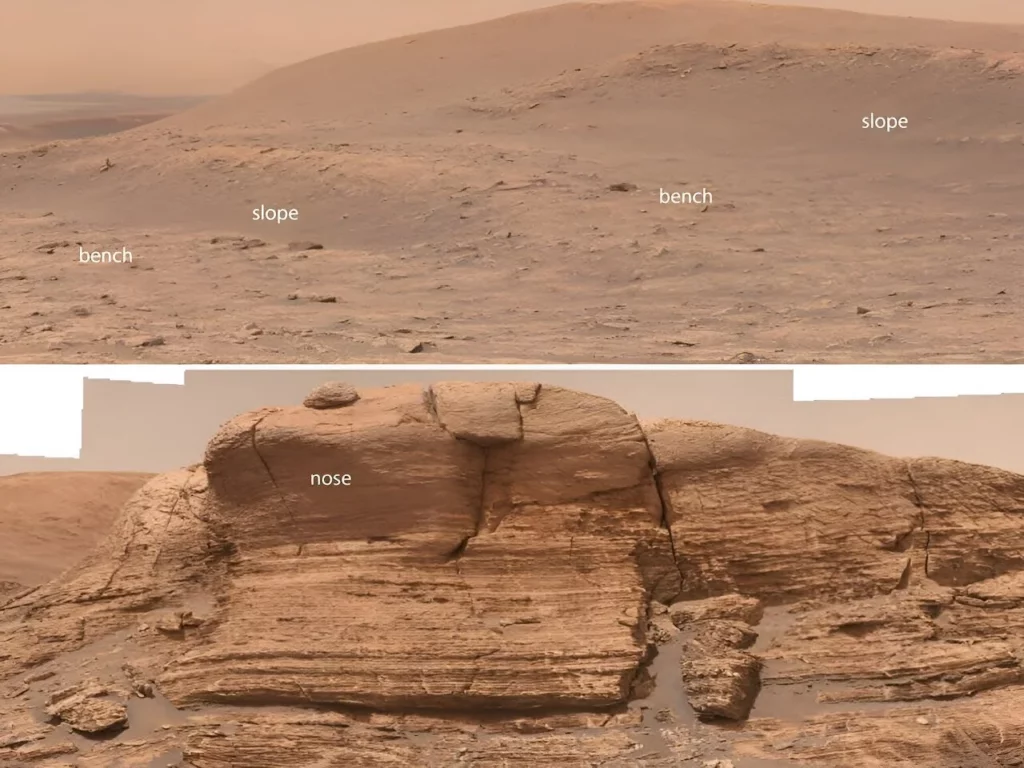
“We have everything to learn about Mars by better understanding how these river deposits can be interpreted stratigraphically, thinking about rocks today as layers of sediment deposited over time,” Cardenas stated. This analysis provides a record of change rather than a snapshot. Not some landscape preserved in time, but the remains of an active geologic past are what we observe on Mars today.”
Fluvial ridges are erosional landforms that have been identified as potential candidates for ancient river deposits by previous research using satellite data from Mars. The researchers discovered evidence of river deposits using data gathered by the Curiosity rover in Gale Crater. These deposits are not connected to fluvial ridges but rather to bench-and-nose structures that have never been connected to ancient river deposits.
Water deposits are hiding somewhere on the red planet
“This suggests that there could be undiscovered river deposits elsewhere on the planet and that an even larger section of the Martian sedimentary record could have been built by rivers during a habitable period of Mars’s history,” Cardenas stated. River corridors are crucial to the chemical, nutritional, sediment, and life cycles on Earth. All the evidence suggests that these rivers behave similarly on Mars.”
Cardenas and colleagues discovered a new application for 25-year-old scans of Earth’s stratigraphy when creating their computer model. According to Cardenas, the scans taken by oil companies of the Gulf of Mexico seafloor offered a perfect analogy to Mars.
Using 3D scans of real, documented stratigraphy on Earth, the team recreated erosion similar to that seen on Mars. Upon running the simulation, the model displayed erosional Martian landscapes that resembled the landforms seen by the Curiosity rover inside the Gale crater but formed topographic benches and noses instead of fluvial ridges.
“Our research indicates that Mars could have had far more rivers than previously believed, which certainly paints a more optimistic view of ancient life on Mars,” Cardenas stated. “It offers a vision of Mars, where most of the planet once had the right conditions for life.”
More information: Benjamin T. Cardenas et al, Landforms Associated With the Aspect‐Controlled Exhumation of Crater-Filling Alluvial Strata on Mars, Geophysical Research Letters (2023). DOI: 10.1029/2023GL103618
Journal information: Geophysical Research Letters

